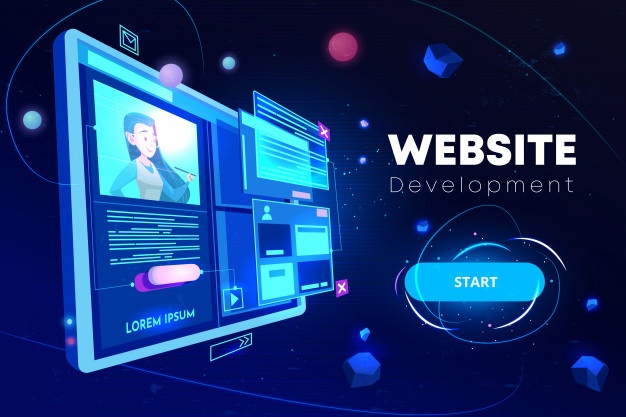The purpose of every ecommerce website is the same: Sell Products. The availability of platforms for your ecommerce website is in abundance. But only a few have managed to grab the top-spots in our list. It’s no surprise if you have heard about these platforms before. You have heard about these platforms because they are popular and they are popular because developers use these ecommerce platforms mostly. Have you read the Must Include Features in an Ecommerce Website?
Let’s discuss each of the platforms in detail
1. Magento Ecommerce Platform
Probably the most widely used platform for developing ecommerce websites is Magento.
The Open Source feature of Magento makes it the most popular platform. Magento’s flexible working module, ease of use and security can’t be ignored as these make developers’ tasks easy.
- Ranked 3 in the United States and in Canada’s top 500 ecommerce dealers, Magento’s popularity and demand is always there.
- Along with Desktop, Magento apps allow its store integration across devices to make it accessible on tablets, mobile, and other devices.
- Extensions offered by Magento allow the developers to make the store unique from the competitors without affecting the user-friendliness and user experience.
- Magento users can run multiple storefronts with one backend system. This takes Magento a step ahead of its competitors in ecommerce platforms.
- Magento was introduced as a blogging platform. Its core focus was only on ecommerce market.
RichestSoft is a web development company that has one of the best ecommerce website developers in its team.
2. Shopify Ecommerce Platform
If you are a first timer in the ecommerce and want to have your store quickly setup, then have a Shopify website. Startups who are concerned about time, budget and resources can opt Shopify
- The low cost of Shopify keeps it the favorite platform for ecommerce websites for the startups
- Even at low cast, Shopify offers great storefronts that are visually appealing. When you are selling things, the look and appearance of your store matter.
- Shopify takes care of the hosting and most of the coding part. Its easy usage let the developers finish the tasks quickly giving a head start to the store owners. Its hosting features save space on your server.
- Shopify offers hack protection and security upgrades to keep your store safe from the hackers.
- Various Add-ons are available to launch your marketing campaigns.
- Shopify also has SEO plugins/add-ons to make the store SEO-friendly.
- Customer Support is literally available 24/7. You can call them for the issue you facing at the backend..
Get the best return on your investment in Shopify. Hire the best ecommerce website developers from RichestSoft, your trusted ecommerce website development company.
3. OsCommerce Ecommerce Platform
OsCommerce is short for Open-Source Commerce. Its name gives the idea that it is an Open Source ecommerce platform that is available for download from its official website.
- OsCommerce uses MySQL and PHP. So, PHP developers can develop and manage your oscommerce estore.
- It permits the use Secure Sockets Layer (SSL) protection.
- Has the basic but robust structure that is safe and easy to manage at the backend.
- All the features are accessible once installed
- Add-ons and plugins available to accomplish complex tasks
- Products to categories and categories to categories structure
- OsCommerce offers support to unlimited products and categories
RichestSoft ecommerce web developers are known for completing the tasks on time and effectively.
4. OpenCart Ecommerce Platform
Whether you own a small shop or a large wholesale business, OpenCart is open for all. It is based on open source environment. The Strong interface of OpenCart is user-friendly and marketing ready. OpenCart serves an easy gateway for the customers to complete the shopping tasks with an ease.
- OpenCart offers at around 1500 plugins using which you can customize your ecommerce store as per your business’ unique requirements.
- OpenCart is on Model-View-Controller script which is XHTML compliant.
- A fresh user easily grabs the OpenCart Dashboard functionality because of its easy use.
- OpenCart is available for free of charge. Most of the plugins are also available for free. You might have to pay for some add-ons, but that’s very minimal amount and affordable.
Many of ecommerce web developers at RichestSoft are well versed with functionality and usage of OpenCart platform.
5. PrestaShop Ecommerce Platform
PrestaShop was introduced to the world in the year 2007. It has been in the business for the past 9 years.
- The first and foremost benefit of PrestaShop that would interest you is its free availability
- The customization feature of PrestaShop allows the customization based on business niche
- Free themes to choose as per your industry
- PrestaShop is a lightweight ecommerce platform
- Interactive user interface increase user-friendliness and user experience

































